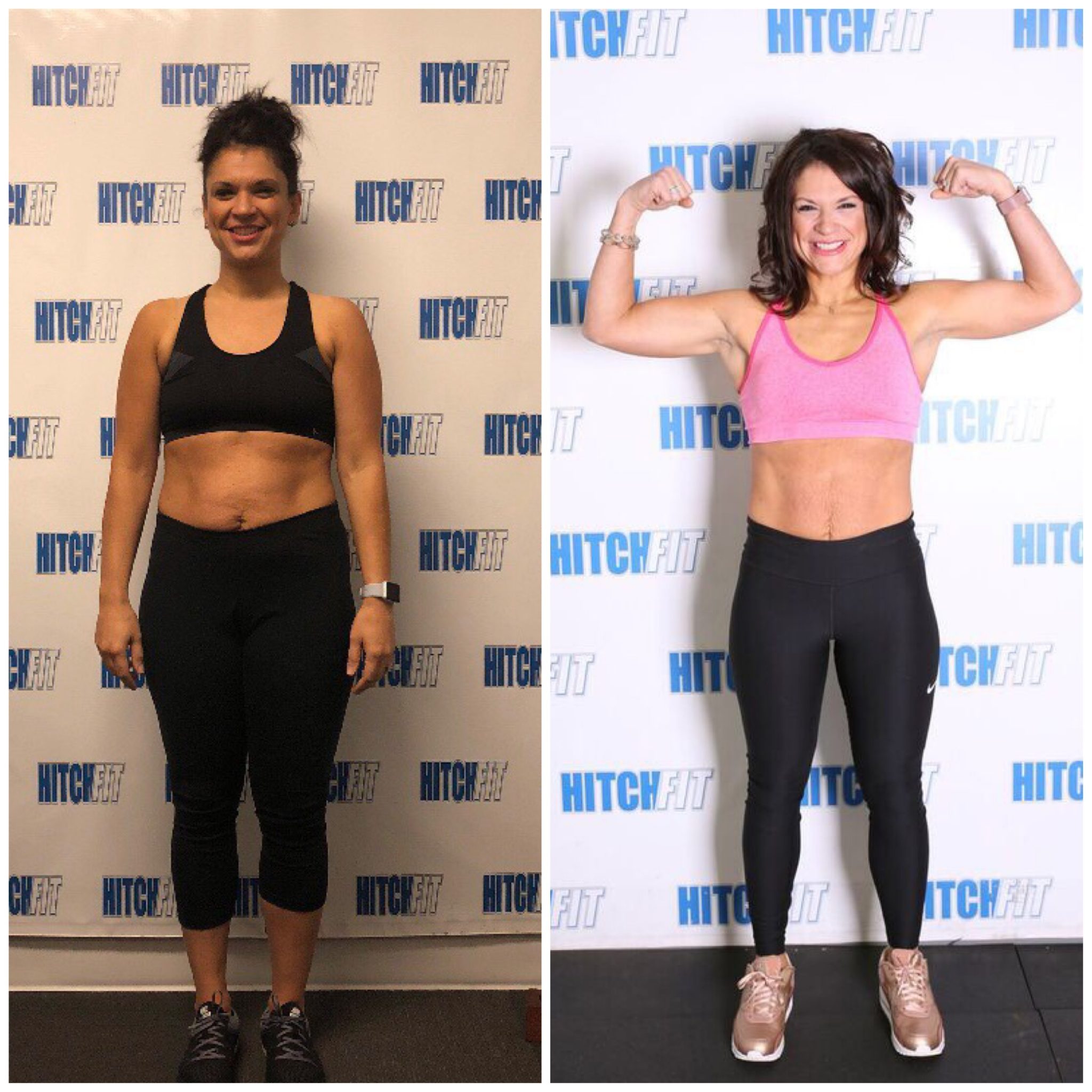Fitness Expert, Lost 20 Pounds in 3 Months, Shares the Emotional Journey Behind Her Transformation
Losing weight is no small feat. It takes consistency, time, and the willingness to push yourself beyond your comfort zone. While it’s common knowledge that a balanced diet and regular exercise are key components, there’s one powerful strategy that often gets overlooked: strength training. This fitness approach can make a huge difference, helping you lose fat while building lean muscle mass and boosting your metabolism. Here’s everything you need to know about how strength training can transform your body—and your results.
Why Strength Training Can Be a Weight Loss Secret Weapon
When it comes to burning fat and building muscle, strength training offers unique benefits that other workouts may not. Unlike traditional cardio, which burns calories primarily during the activity itself, strength training provides a two-pronged effect. According to Oscar Colon IV, a New York City-based personal trainer, “Strength training has a two-pronged effect because you burn calories during the workout and during the recovery and restoration of muscle groups you worked.” This extended calorie burn happens because your body continues to burn calories as it repairs muscle tissue after a workout.
To get the most out of your routine, a combination of cardio and strength training is ideal. While cardio is perfect for burning calories in the short term and boosting heart health, strength training helps build muscle that burns more calories even when you’re not working out.

How Muscle Mass Affects Fat Burning
Muscle is key when it comes to fat loss. The more lean muscle mass you have, the higher your resting metabolic rate (RMR)—the number of calories your body burns at rest. Essentially, muscle acts as a fat-burning engine, constantly burning calories even when you’re sitting still. Rachel MacPherson, a certified personal trainer and expert with Garage Gym Reviews, explains: “Muscle is metabolically active, meaning it burns calories even at rest.” Although the effect may seem small, it adds up over time, especially as you age. Building muscle is crucial for combating the natural slowdown of metabolism that occurs with age.
Moreover, strength training also triggers something called excess post-exercise oxygen consumption (EPOC). This is the process your body goes through as it returns to its normal state after a workout, continuing to burn calories while it cools down. As Colon points out, this helps you burn additional fat long after you’ve left the gym.
How Long Does It Take to Build Muscle?
Now that we understand the crucial role of muscle in fat loss, you may be wondering: how long does it take to see results from strength training? The answer depends on several factors, such as genetics, hormones, and your current fitness level. But Colon offers some guidance: “If you consistently train three to four times a week for 30 minutes each session, you should realistically start to see results in about three to four weeks.”
For more significant muscle gain, a 12- to 16-week hypertrophy training program is ideal. During this period, MacPherson suggests that beginners can expect to gain 5 to 10 pounds of muscle mass, although this varies by individual. As you become more advanced, gains may slow down, but the muscle-building process continues.
Interestingly, research shows that beginners often put on muscle faster than experienced lifters. This is what’s known as “newbie gains”—a term used to describe the rapid muscle growth that occurs when someone starts lifting weights for the first time. If you’re just starting out, your body’s response to weightlifting will be more pronounced.
Does Strength Training Differ for Men and Women?
It’s important to note that there are some differences in muscle-building between men and women. MacPherson points out, “Men can build muscle mass much easier and faster than women due to testosterone.” However, women can still build substantial muscle, even if they won’t achieve the same bulk as men unless they use anabolic steroids. The key for women is to embrace strength training without fear, lifting enough weight and eating to support muscle gain.
The Role of Diet in Building Muscle
Building muscle isn’t just about lifting weights. Your diet plays a crucial role, too. For muscle growth, you need to be in a calorie surplus and consume plenty of protein. This surplus might result in some temporary weight gain (in the form of body fat), but that’s part of the process. MacPherson explains: “You can lose it afterward, and it will be easier since your body has become better at burning calories due to increased muscle mass.”
Additional Health Benefits of Strength Training
In addition to fat loss and muscle building, strength training offers other health benefits. It plays a vital role in improving bone density and can help protect you from injury by strengthening the muscles, ligaments, and tendons around key joints like your knees, hips, and ankles. According to Colon, “Weight-bearing exercises put temporary stress on your bones, sending a message to bone-building cells to take action and rebuild bones stronger.”
Strength training is also beneficial for your heart. Studies have shown that it can help lower blood pressure, improve blood circulation, and reduce your risk of developing type 2 diabetes. Moreover, mental health benefits shouldn’t be overlooked—resistance training has been shown to help reduce anxiety and improve mood.
Why Strength Training Should Be Part of Your Routine
When it comes to achieving lasting fat loss, strength training offers an unparalleled advantage. By increasing muscle mass, it helps you burn more calories at rest, boosts your metabolism, and improves your overall physical and mental health. Whether you’re aiming to lose weight, build strength, or improve your well-being, incorporating strength training into your routine will deliver impressive results.
Even if you don’t have access to a gym, you can still benefit from strength training by starting with bodyweight exercises at home. As long as you have the right approach and consistency, you’ll be on your way to a healthier, stronger version of yourself.
Leave a Reply